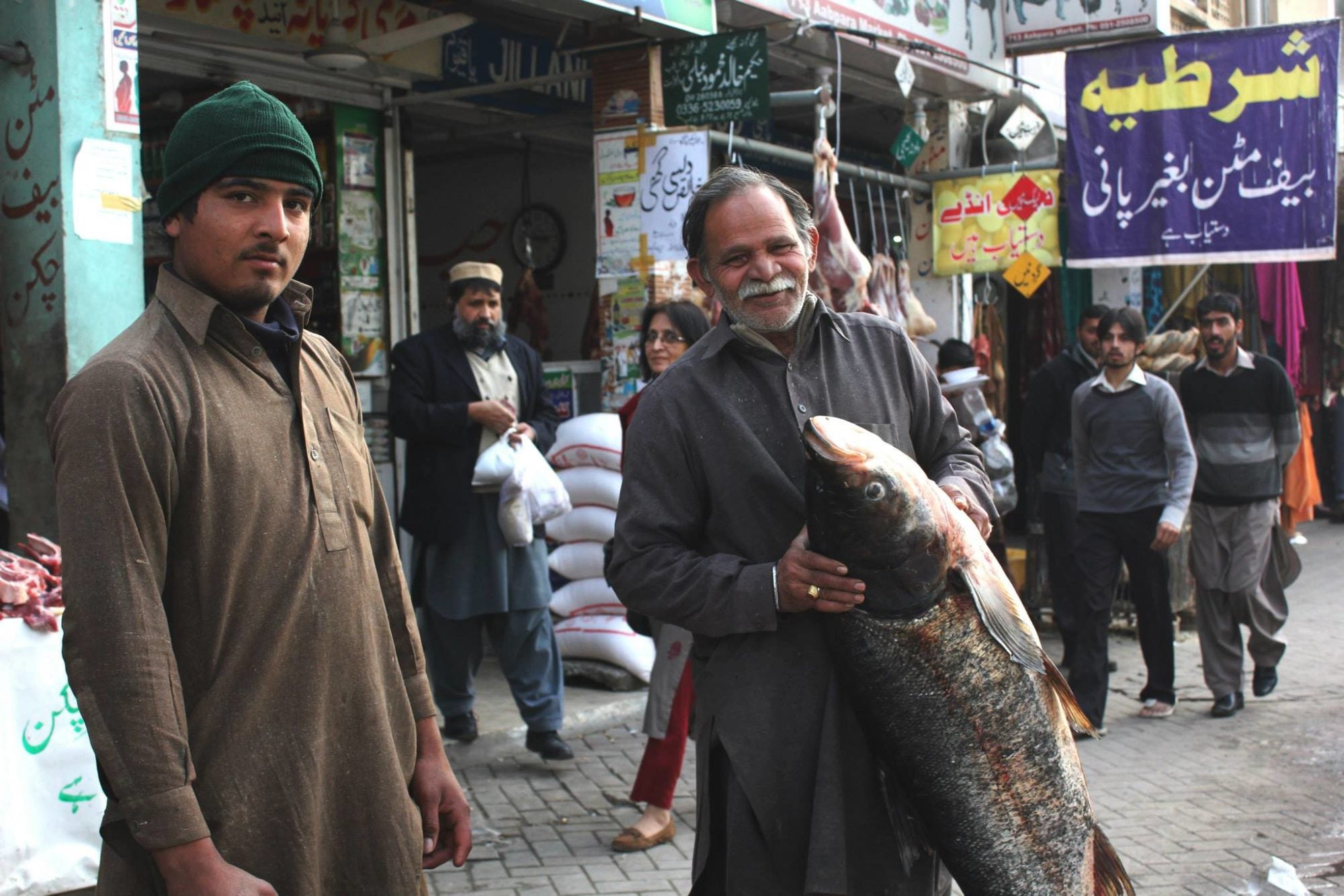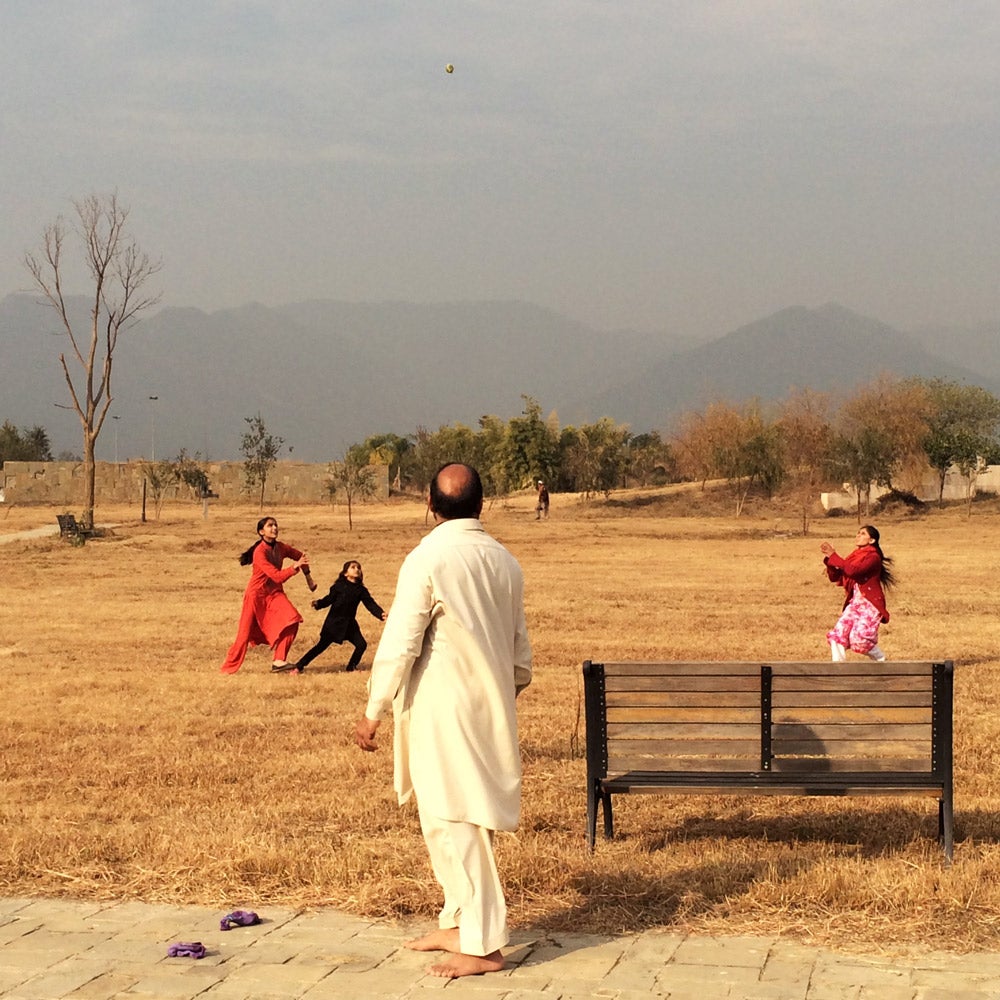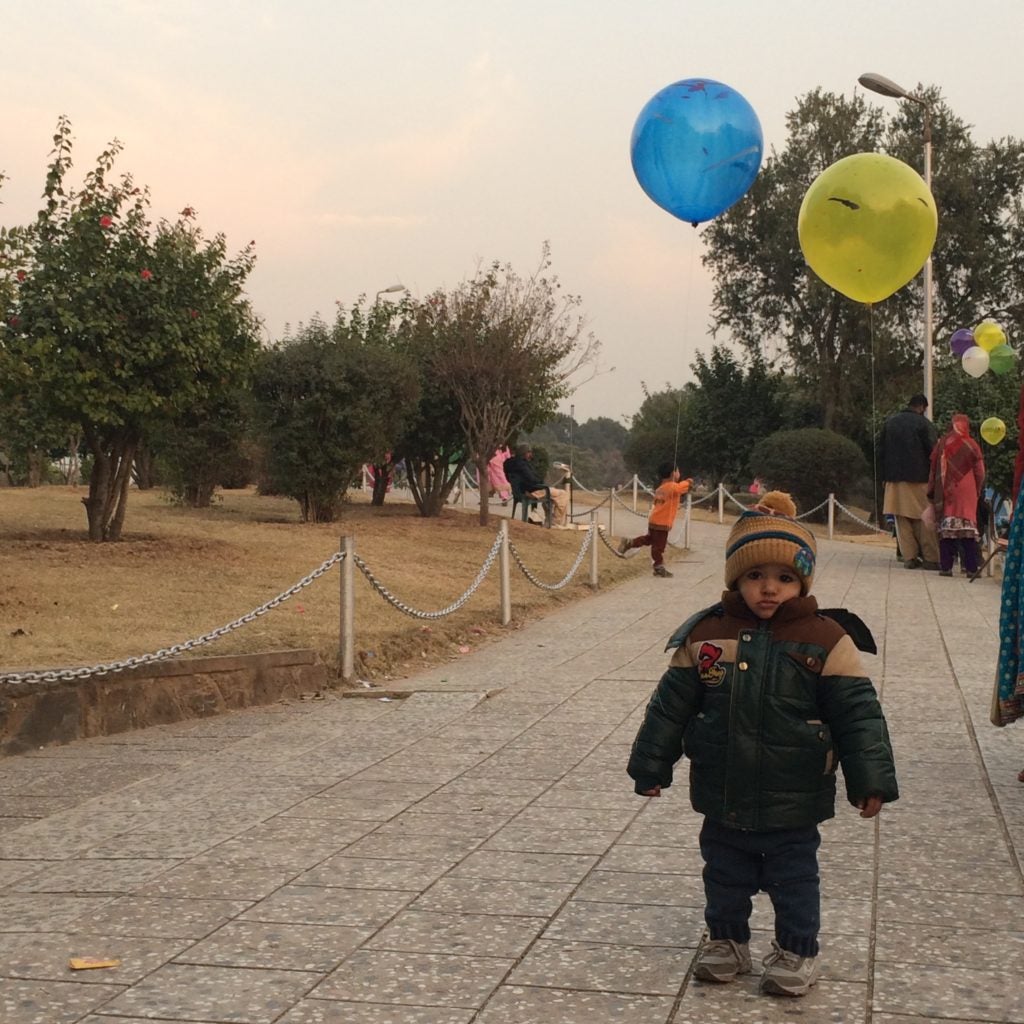
For TASTE’s Cook In Residence, the holiday season spans two continents and many family members.
I often joke how I wish I had married into Christmas. The holiday, to this day, has a mythical quality.
When I was a child, Islamabad had many expats. In December, when driving by diplomats’ residences, I would try to spot the odd Christmas tree. Sometimes we would get invited to my father’s American clients’ homes during the season. In quiet moments of glee, I would bite into meticulously roasted chicken and soak up the soft holiday cheer I felt was out of reach for us Pakistanis.
In retrospect, my memories of Eid, specifically Eid-ul-Fitr, the day following the end of Ramadan (the month of fasting), were wonderful in their own right. While Eid lacks the glossy appeal of Christmas—no soundtrack, no movies, no children’s stories about what you should “feel like” during the holiday—decades of family tradition and ritual grounded my notion of what Eid holidays were and should be.
Unlike Christmas Eve, on the night before Eid, Chaand Raat (“night of the moon”), the streets are abuzz with energy. Markets are lit with outdoor stalls selling glittering bangles and vendors putting on henna. When we were children, our parents would religiously take us to the market. We would slurp on chocolate-vanilla soft-serve ice cream and visit stall after stall, taking in the excitement of families getting ready for three days of feasting, and what in Urdu we call “halla gulla”—best described as the chatter and chaos that comes with boisterous, happy parties.
The routine of Eid itself was fixed. We would begin with a lavish lunch at my father’s family’s home. There would be a reliable iteration of mutton pulao—rice par-boiled in broth and steamed in lightly flavored curry; baingan dahi, deep-fried eggplant folded in savory yogurt; and palak gosht, tender mutton cooked in spinach. The feast would continue at dinner at my mother’s family’s home, where the menu was more fluid, grounded more by categories than specifics. There would again be pulao, but it could be mutton, chicken, or vegetable. Some type of kebab—either classic shami kebab or spicy potato cutlets. If, however, Eid fell during winter as per the dictates of the Islamic lunar calendar, there would always be payay, goat trotters drowned in a warm, spiced broth.

It’s only now that I can recollect what we ate during Eid. I grew up with a massive band of cousins, and the hysteria fueled by our annual cousin reunion meant I never paid much attention to what I ate while I was in Pakistan. Of course now that my brother, sister, and I have moved to the U.S., we think about it all the time.
After being separated from our family’s annual Eid traditions, we underwent an awkward transition to holidays in the U.S. Our first couple of Thanksgivings consisted of me fumbling through stuffing recipes online in a sparsely furnished kitchen and biting into limp turkey slices. When I started dating Saptarshi, I was ushered into his family’s rich Thanksgiving tradition and relieved of the burden of being the only cook in the family.
Saptarshi grew up in Lexington, Massachusetts, among a vibrant Bengali community. Every year, they would enjoy a massive Thanksgiving feast with more dishes than table space. There would be the usual Thanksgiving classics—turkey, mashed potatoes, casseroles, and the like—but there would also be a medley of Bengali dishes, the most popular of which is mangsho, thickly flavored goat and potatoes simmered over a healthy dose of oil. The meal would then be topped off with a cup of suruwa, turkey bone broth cooked over the course of the day.
While it’s been a few years since Saptarshi’s family has spent Thanksgiving in Massachusetts, I enjoy hearing the recurring slew of Thanksgiving jokes and stories that encapsulate the spirit of “halla gulla,” or what Bengalis would call “hoy hoy.” Saptarshi’s holiday traditions may be new to me, but they can’t help but feel familiar.

As the noise of Thanksgiving has quieted down, my mind goes back to Christmas. After nine years in the U.S., the Christmas tree and the holiday lights have lost some of their novelty. Instead, I have grown to cherish the sight of cities emptying out and the time spent with my brother and sister. We ultimately developed our own small holiday rituals to soften the ache of being away from home.
Over time, we figured out our favorite cinemas and bars, and which Sichuan restaurants to go to during Christmas. And once I finally had a fully functioning kitchen, I would break out my pots and pans and take the time to cook slowly. Sometimes I would prepare kabuli pulao, an Afghan classic that reminds us of our favorite restaurant in Islamabad, Kabul Restaurant. Here, too, par-boiled rice is cooked in mutton broth, but the flavor is enhanced by caramelized sugar, carrots, and raisins that are infused into the rice. Other times, I would make bhuna gosht, beef marinated in spiced yogurt and then cooked on low heat for several hours.

Maryam Jillani is TASTE’s Cook In Residence.
This year I will not be spending holiday week with them, a break from our nine-year running ritual. If we were together, I would prepare them haleem, Pakistan’s favorite slow-cooked offering. The dish, an iteration of the Middle Eastern harisa, can be best described as a deeply flavored porridge that comes together after you meld slow-cooked grains and stewed meat over low heat.
It’s the type of dish you prepare on a day when no one is in a rush to step out the door. You can enjoy living-room banter as you float in and out of the kitchen, throwing in a quip or two. When cooking haleem, you don’t have to worry about preparing anything else. Just serve the standard set of chopped accoutrements: lemon, cilantro, green chile, ginger, chaat masala, and fried onions. After loading the haleem with your favorite fixings, lap it up with hot naan and take in the rich wave of flavors. Then pack the leftovers and give them to your neighbors in the spirit of the season. Happy holidays.
Photos by Jehan Jillani
